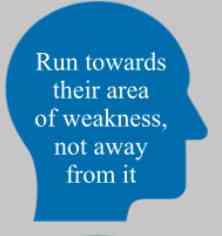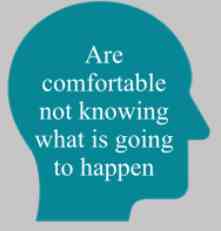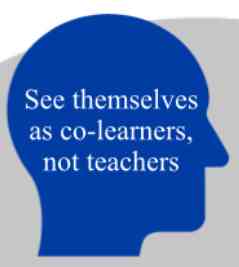Modern teachers recognize the importance of stepping into their students' worlds to build meaningful connections and enhance the relevance of learning. By making an effort to understand and engage with their students' interests, experiences, and cultural backgrounds, teachers can create a more inclusive and supportive classroom environment. This approach aligns with culturally responsive teaching, which aims to make learning more relevant and effective for students by incorporating their cultural references in all aspects of learning (Gay, 2018). When teachers show genuine interest in the things that matter to their students, whether it be pop culture, social media trends, or personal hobbies, they not only validate their students' identities but also make the learning experience more engaging and relatable.
Furthermore, moving into their students' world helps bridge the gap between in-school learning and out-of-school experiences, making education more holistic. This practice can increase student motivation and participation, as they see their personal lives reflected and valued in the classroom. Ladson-Billings (1995) argues that teachers who incorporate students' cultural backgrounds and interests into their teaching practices promote higher levels of academic achievement and self-efficacy. By understanding and integrating these elements, teachers can design lessons that are more relevant and interesting, thus fostering a deeper connection with the material. This connection not only enhances students' academic engagement but also helps them develop a stronger sense of belonging and identity within the educational setting.
6. Run towards areas of weakness, not away from it

Philippians 4:13 - "I can do all this through him who gives me strength."
Modern teachers understand that personal and professional growth often comes from addressing their own areas of weakness head-on. Instead of shying away from their limitations, they actively seek opportunities to confront and overcome them. This proactive approach not only helps them become more effective educators but also sets a powerful example for their students. By willingly engaging with challenging subjects or skills, teachers demonstrate a commitment to lifelong learning and continuous self-improvement. This attitude resonates with the principles of reflective practice, as described by Schön (1983), which emphasizes the importance of self-awareness and critical reflection in professional development. When teachers model this behavior, they encourage their students to adopt a similar mindset, fostering a culture of resilience and perseverance.
Confronting weaknesses also allows teachers to diversify their teaching methods and better meet the needs of their students. For example, a teacher who struggles with integrating technology in the classroom might take professional development courses or collaborate with tech-savvy colleagues to improve their skills. This not only enhances their own competence but also enriches the learning experiences they provide to their students. Research by Hattie (2009) suggests that teachers' willingness to learn and adapt significantly impacts student achievement. By addressing their weaknesses, teachers can discover new strategies and tools that enhance their instructional practices, ultimately leading to more effective teaching and improved student outcomes. This commitment to self-improvement underscores the dynamic and evolving nature of modern education, where continuous growth is essential for both teachers and students.
7. Are comfortable not knowing what is going to happen

Matthew 6:34 - "Therefore do not worry about tomorrow, for tomorrow will worry about itself. Each day has enough trouble of its own."
Modern teachers are characterized by their adaptability and flexibility, which allows them to be comfortable with uncertainty and the unexpected aspects of the learning process. In an educational landscape that is constantly evolving, the ability to navigate ambiguity is crucial. Teachers who are comfortable with not knowing what is going to happen can more effectively respond to the diverse and ever-changing needs of their students. This quality aligns with the concept of adaptive expertise, which involves the ability to apply knowledge creatively and flexibly in different situations (Hatano & Inagaki, 1986). By embracing uncertainty, teachers model for their students how to approach new challenges with curiosity and openness, fostering a classroom environment that encourages experimentation and innovation.
Being comfortable with uncertainty also means that teachers can pivot quickly and effectively when plans do not go as expected. This flexibility is particularly important in today's classrooms, where unexpected events—such as technological failures, shifts in student dynamics, or sudden changes in curriculum—can occur frequently. According to Weick and Sutcliffe (2007), organizations (including schools) that cultivate a sense of mindfulness and an ability to adapt in the face of uncertainty are more resilient and better equipped to handle crises. For teachers, this means being able to maintain a positive and productive learning environment even when faced with unforeseen challenges. By demonstrating calm and adaptability, teachers help students learn how to manage their own responses to uncertainty, equipping them with valuable life skills for navigating a complex and unpredictable world.
8. Invite mistakes into their lives
























